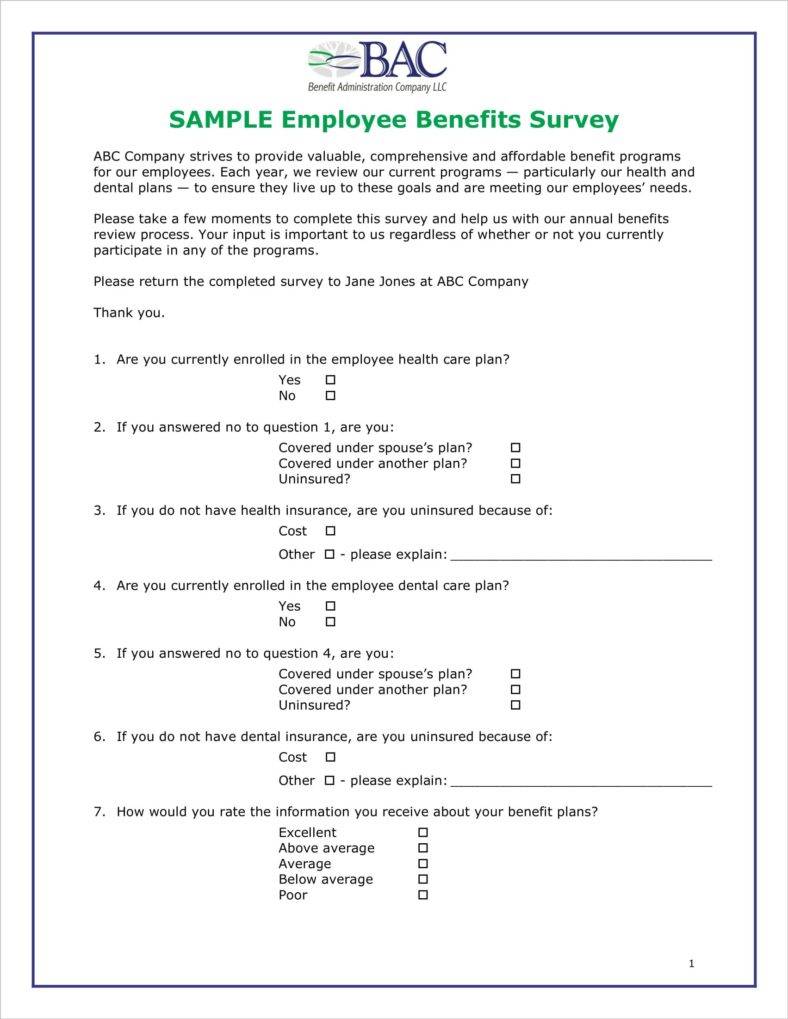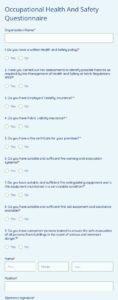Wage and benefit surveys can be conducted internally or externally. Internal surveys collect data from within the organization, while external surveys collect data from other organizations in the same industry or region. Both types of surveys have their own advantages and disadvantages, and the best approach will vary depending on the organization’s needs.

Regardless of the approach, wage and benefit surveys can provide valuable insights into the following:
- Compensation levels for different positions
- Benefits packages offered by other organizations
- Trends in compensation and benefits
This information can be used to make informed decisions about the following:
- Pay and benefits policies
- Employee recruitment and retention strategies
- Budgeting and financial planning
Wage and benefit surveys are an essential tool for any organization that wants to stay competitive in the market for talent. By collecting and analyzing data on compensation and benefits, organizations can make informed decisions that will help them attract and retain the best employees.
Key Components of Wage and Benefit Survey Template
A wage and benefit survey template typically includes the following key components:
1. Job Title and Description
The job title and description should clearly identify the position being surveyed. This information will help to ensure that the data collected is relevant and comparable.
2. Compensation Information
The compensation information should include data on base salary, bonuses, incentives, and other forms of pay. This information will help to determine the total compensation package for the position.
3. Benefits Information
The benefits information should include data on health insurance, dental insurance, vision insurance, retirement plans, and other benefits. This information will help to determine the total value of the benefits package for the position.
4. Geographic Location
The geographic location should be identified for each position being surveyed. This information will help to ensure that the data collected is relevant to the specific location.
5. Industry
The industry should be identified for each position being surveyed. This information will help to ensure that the data collected is relevant to the specific industry.
6. Company Size
The company size should be identified for each position being surveyed. This information will help to ensure that the data collected is relevant to the specific company size.
7. Survey Methodology
The survey methodology should be described in detail. This information will help to ensure that the data collected is valid and reliable.
Summary
These are just a few of the key components that are typically included in a wage and benefit survey template. By including these components, organizations can collect data that will help them to make informed decisions about their compensation and benefits policies.
How to Create a Wage and Benefit Survey Template
A wage and benefit survey template is a valuable tool that can help organizations collect and analyze data on employee compensation and benefits. This information can be used to make informed decisions about pay and benefits policies, and to ensure that employees are being fairly compensated.
Here are the steps on how to create a wage and benefit survey template:
1. Define the purpose of the survey.
What information do you need to collect? What will you do with the data once you have it? Having a clear understanding of the purpose of the survey will help you to design a survey that is effective and efficient.
2. Identify the target audience.
Who will be completing the survey? Employees? Managers? HR professionals? Knowing your target audience will help you to develop a survey that is appropriate for their level of knowledge and expertise.
3. Determine the survey methodology.
How will you collect the data? Will you use an online survey tool? Paper surveys? Interviews? The survey methodology you choose will depend on your target audience and the resources you have available.
4. Develop the survey questions.
The survey questions should be clear, concise, and easy to understand. They should also be relevant to the purpose of the survey. Avoid using jargon or technical terms that your target audience may not be familiar with.
5. Pilot test the survey.
Before you launch the survey to your target audience, it is important to pilot test it with a small group of people. This will help you to identify any errors or problems with the survey, and to make sure that it is working properly.
6. Launch the survey.
Once you have pilot tested the survey and made any necessary changes, you can launch it to your target audience. Be sure to promote the survey to ensure that you get a good response rate.
7. Analyze the results.
Once you have collected the survey data, it is important to analyze it carefully. This will help you to identify trends and patterns, and to make informed decisions about your pay and benefits policies.
Summary
By following these steps, you can create a wage and benefit survey template that will help you to collect and analyze valuable data on employee compensation and benefits. This information can be used to make informed decisions about your pay and benefits policies, and to ensure that employees are being fairly compensated.
A wage and benefit survey template is a valuable tool that can help organizations collect and analyze data on employee compensation and benefits. This information can be used to make informed decisions about pay and benefits policies, and to ensure that employees are being fairly compensated. Wage and benefit surveys can be conducted internally or externally, and the best approach will vary depending on the organization’s needs.
Regardless of the approach, wage and benefit surveys can provide valuable insights into compensation levels, benefits packages, and trends in compensation and benefits. This information can be used to make informed decisions about pay and benefits policies, employee recruitment and retention strategies, and budgeting and financial planning. Wage and benefit surveys are an essential tool for any organization that wants to stay competitive in the market for talent. By collecting and analyzing data on compensation and benefits, organizations can make informed decisions that will help them attract and retain the best employees.
